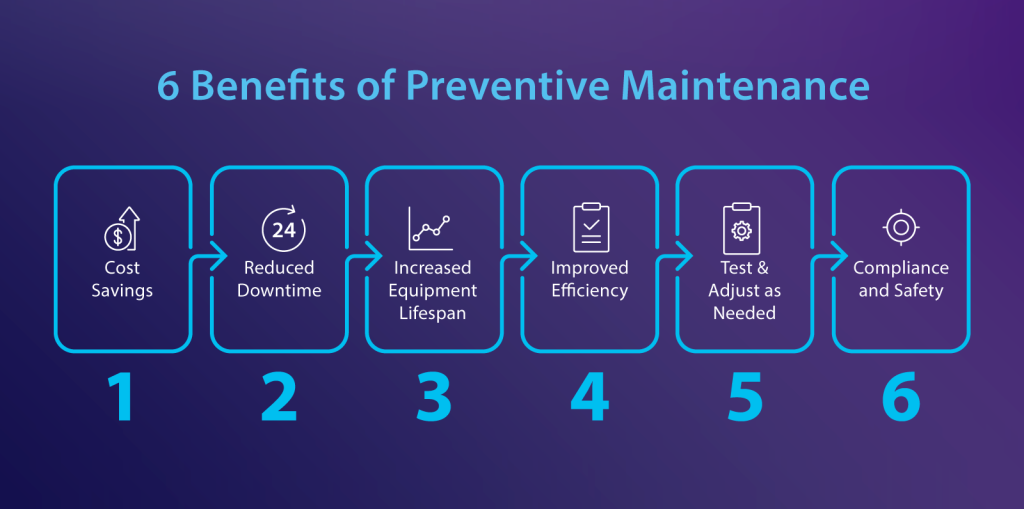VoIP SIP Explained
What is VoIP/SIP?
VoIP and SIP are overlapping technologies, but they aren’t one and the same thing:
- VoIP and SIP are overlapping technologies, but they aren’t one and the same thing:VoIP is a term that describes the process of making phone calls via the internet, rather than through traditional cabled telephone lines. Instead of using the public switched telephone network, it transmits voice packets through data connectivity.
- SIP is the protocol used to support and scale most (but not all) VoIP systems. Voice, video, and messaging sessions are initiated, maintained, and terminated through SIP protocols, which are typically delivered by a hosted unified communications provider.
In short, while all SIP protocols are designed to support the VoIP process, not every voice over IP system is delivered through SIP. However, SIP is very much the most popular protocol for enabling internet-based telephony.


How does VoIP/SIP work?
VoIP allows phone calls to be made through computer networks by placing voice data into so-called “packets”, which are kind of like digital envelopes. Once packeted up, that data can be transmitted across any VoIP-compatible network, such as the internet or a local area network.
That’s all well and good, but where does SIP come into the equation?
Calls made through VoIP begin and end by sending voice packets to specific locations – known as SIP addresses – that align with specific SIP-enabled devices. Those devices could be physical handsets (that is, desk phones) or software-based phones on the end user’s desktop or laptop. Either way, those devices enable people to communicate with other SIP users.
That’s where the SIP server comes in. The main element of an IP PBX, SIP servers (also referred to as proxies or registrars) primarily handle the management of a network’s SIP calls.
When a call is initiated, the SIP server begins by checking the identity of the caller to ensure they are authorised to make a call. The SIP server then sets up a digital connection between the SIP devices of the calling and called parties. The SIP devices then use this connection to exchange digitised voice and video with each other.


What are the benefits of VoIP/SIP?
There are numerous benefits to adopting a VoIP/SIP-based communications system within your business. Here are some of the biggest:
- Save money on your communications requirements. Simply put, VoIP/SIP networks are far cheaper to run than traditional phone systems because they remove the need for expensive physical phone lines. That means a lower monthly charge and by enabling calls to be made through the internet, charges for both domestic and international dialing drop to a fraction of the “regular” price. As an added bonus, most VoIP services are sold with an option to include unlimited calls.
- Scale your phone system in line with your business. Whether you are expanding your team, moving to a larger office, or require more devices for existing team members, with SIP/VoIP you can easily scale by adding extra handsets without requiring technicians to do any installation work.
- Use one number across multiple devices. Calls to a single number can ring on multiple devices in different locations at the same time, making it less likely that important business calls are missed because a single person wasn’t at their desk.
- Keep using your existing phone numbers. Your customers do not need to memorise new contact details because your existing ISDN and PSTN phone numbers can be easily migrated to your new VoIP/SIP phone system.
- Make use of a consolidated communications system. With SIP trunking, all of your communications needs – whether voice, video or anything else – can be handled via the same IP-based network. That means you don’t need to run (and pay for) multiple overlapping networks, which again equates to cost savings for your business.
- Tap into key features from outside the office. The functionality of your phone system can be accessed from any location, provided you have an internet connection. That makes it easy for field-based agents and remote workers to stay connected.





